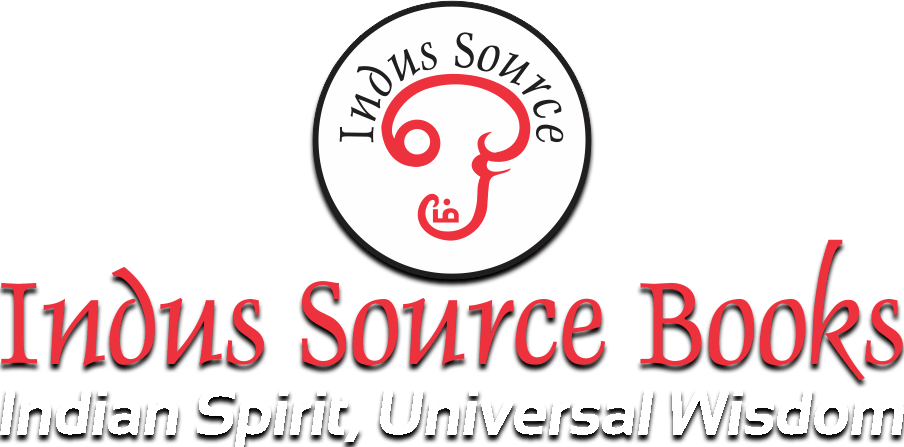By S. Theodore Baskaran
Nearly fifty years ago, to be precise in 1969, I was at Devarayan lake, about 15 km from where I lived in Tiruchi. It was a misty December morning. I was crouching by the bund, when a skein of bar-headed geese emerged from the foggy skies. Dropping their wings, they landed a few meters from where I was. Their honking calls through the surrounding fog rendered the moment with a certain magic. That morning sparked the beginning of my nature writing. My first article titled “Bar-headed Goose” appeared in The Hindu within three weeks.
I started writing about birds and bird watching. As I observed birds through my binoculars I could feel myself as a part of this wide world, with all its life forms. Though my articles I could share this experience with others. You cannot write about birds without talking about their habitat – rivers, forests, seaside and so on. Before long, my concern widened.
When you begin to get involved with environment you are led to political issues. You realize that conservation is intertwined with politics and the ideology of the party in power.
In the years following the Stockholm conference of 1972, there was a slow awakening to environmental concerns. There was a demand for articles on environment and wildlife. That is the time when I grew active as a nature writer. It was at this point in my life that I got to know wildlife writer M. Krishnan. His approach to nature and external world, his writings influenced me very much. There can be two kinds of nature writing. One is to write intuitively reacting to nature and its myriad forms, like Thoreau does in Walden and the other is to look at wildlife as a biologist, like George Schallers. My friend Krishnan combined both. I wrote about my experience and my aim was to draw readers to the cause of conservation.
Another writer who impacted me was Peter Matthieson, known for his memorable work Snow Leopard. In his writings, Matthiessen, effectively combines these two approaches with his imaginative literary technique. In his book on cranes, Matthiessen says, “One way to grasp the main perspectives of biodiversity is to understand the precious nature of a single living form, a single manifestation of the miracle of existence; if one has truly understood a crane – or a leaf or a cloud or a frog – one has understood everything.”
The external world is very important to the nature writer. It has been a privilege for me to have been known as a nature writer for this subject. When writing in local language there is the possibility of linking up with your linguistic heritage. .
There is also an attempt to redeem the traditional nomenclature. Dolphin –
When people live close to nature, they develop a specialized knowledge of what surrounds them…animals, birds and plants…. This gets distilled in their language. The language often encapsules ecological knowledge and this knowledge expresses itself in their language. This knowledge is reflected in the names, in proverbs. Malamuzhakki.
I have often wondered why environmental movement has not become a people’s movement here? One reason is the discourse is carried on in English and there is very little material in local language. Writing on nature in your own language. In the ambient language. All those who are researching into wildlife have been through English
Among the grasses
A Flower blooms white
Its name unknown
